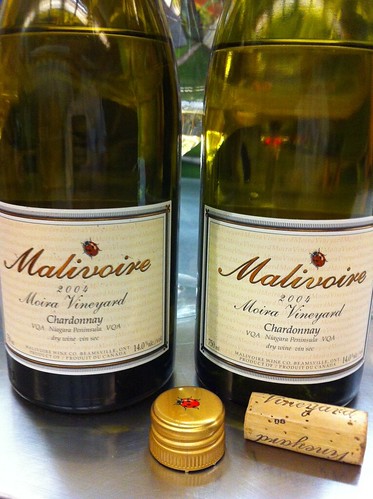
Is there a more heated debated in the wine world than cork vs. screwcap? It’s been raging non-stop for longer than I can remember and has virtually polarized the wine world.
Which I find odd. Pour wines that were either sealed with cork or screwcap and I don’t believe you can tell the difference in a blind tasting.
But if you find a wine that’s tainted there is but one certainty; that it was sealed with cork.
So, there is no argument that Stelvin is an effective closure to prevent a problem that can ruin up to 10% of all wine sealed by cork. But the jury is still out on whether it is useful for long-term storage.
Many wineries in the world have conducted trials for long-term aging yet the results, or the interpretations, vary vastly. Many feel the nearly airtight Stelvin closure inhibits maturity in wine to its detriment. Yet others believe it slows down the process and gives you a better wine as it ages gracefully and one that doesn’t disappoint with extended cellar time.
My experience has been positive for Stelvin and disappointment for many wines under cork. I have had expensive wines turn into a horrible mass of stinky swill under tainted corks. I have had corks fall apart and disintegrate as you pull them out.
With Stelvin, the worst it gets is a slight sulfur smell on young wines that usually dissipates with time (or decanting).
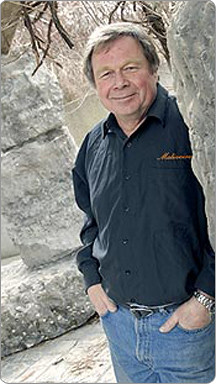 I was reminded of the debate recently while tasting some wines with Malivoire owner Martin Malivoire (pictured right).
I was reminded of the debate recently while tasting some wines with Malivoire owner Martin Malivoire (pictured right).
Malivioire conducted an interesting trial with his much-decorated Moira Chardonnay 2004 (a wine British critic Jancis Robinson scored 17 out of 20 and absolutely raved about). He bottled some of the production in Stelvin and most in cork. He has been trying the two wines side by side from time to time to gauge the maturity levels.
He pulled out the two wines last week and the difference between the two was striking.
The 2004 Moira under Stevlin was still fresh and alive. James Treadwell, sommelier and owner of Treadwell Farm to Table Cuisine with his father Stephen, said later when I brought the bottles for him to try, that it was very much like the 2008 Moira. He, like me, couldn’t believe they were the same wine with different closures.
I was fascinated with the wine. It was showing beautiful maturity, with lush tropical fruit, buckwheat honey, brioche, butterscotch and roasted almonds, but also had verve and acidity running through the core. It was in a beautiful place, that peak of perfection for cellared Chardonnay.
The Moira 2004 under cork, while interesting, had matured a lot faster with those pronounced tertiary flavours of toffee and butterscotch cream dominating the palate and the acid was dropping quickly. You wouldn’t know that they were the same wine.
For Martin Malivoire, he preferred the Moira under cork, saying that’s what he looks for in a maturing Chardonnay, the natural evolution of wine as it ages.
Me too. But if I can squeeze some extra life out of aged wine, slow down the process, with no fear of cork taint, that’s what I would choose.
The winery has a bit of the 2004 Moira for sale if you would like to taste this fascinating wine. It’s $50 a bottle.
I also tried a couple of just-released wines from Malivoire and some other wines recently. Here are the reviews.
 Malivoire M2 Small Lot Pinot Noir 2009 ($40, winery, 91 points) — The fruit for this top Pinot from Malivoire comes from the Moira and estate vineyards with about 20% from winemaker Shiraz Mottiar’s own vineyard on the Beamsville Bench. This is serious stuff. The nose shows lovely red fruits, sweet sandalwood, leather, cedar and spice notes. It is structured and layered on the palate with rich red cherry, plum, oak-vanilla, spice, silky tannins and a smooth delivery through the finish. There are a lot of moving parts here and time in the cellar will bring it all into harmony.
Malivoire M2 Small Lot Pinot Noir 2009 ($40, winery, 91 points) — The fruit for this top Pinot from Malivoire comes from the Moira and estate vineyards with about 20% from winemaker Shiraz Mottiar’s own vineyard on the Beamsville Bench. This is serious stuff. The nose shows lovely red fruits, sweet sandalwood, leather, cedar and spice notes. It is structured and layered on the palate with rich red cherry, plum, oak-vanilla, spice, silky tannins and a smooth delivery through the finish. There are a lot of moving parts here and time in the cellar will bring it all into harmony.
Malivoire “Albert’s Honour” Old Vines Foch 2010 ($25, October release, 90 points) — Not a lot of wineries are crafting Marechal Foch these days but Malivoire sources the fruit from 38-year-old vines and harvests the fruit by hand. It’s always a big, dark red wine but in a vintage such as 2010, look out, this is super-sized Foch. It’s thick, smoky, rugged and wild on the nose with roasted coffee bean, plum, brambly dark fruit, loam and oak-soaked spices. This is big in the mouth with thick, dark plum, blueberry and blackberry fruits to go with campfire smoke, roasted meats and an array of spices. A rousing and flavourful wine for only the most adventurous of wine lovers.
•••
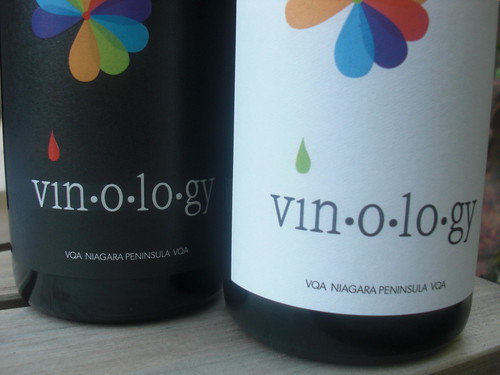
Flat Rock Cellars has answered the call for the growing segment of second label wines in Niagara with the introduction of the Vinology series, a red and white blend that stand alone from the core wines.
I’m pretty sure I have not seen the same combination of grapes in any other of these multi blends before, certainly not in the white concoction. Here’s what’s available at the LCBO.
Vinology White 2011 ($17, LCBO, 87 points) — Chardonnay. Check. Riesling. Check. Viognier. Check. Pinot Noir. What? Pinot Noir in a white blend? It’s to be expected from Flat Rock, makers of all things Pinot Noir. The grape does bring a sense of weight to the blend. The nose shows peach, apricot, citrus and fragrant summer flowers. It is tasty on the palate with white peach, apple, melon and a kiss of honey on the finish.
Vinology Red 2011 ($19, LCBO, 86 points) — The blend is Merlot, Pinot Noir, Cabernet Franc and Syrah. It’s lighter in colour in the glass (and in the mouth) with a nose of wild raspberry, blueberry, currants, cherry and light spice notes. This lighter style would welcome a little chill before serving. Look for raspberry-cherry flavours on the palate with touches of licorice and fresh herbs. Easy-drinking red.
•••
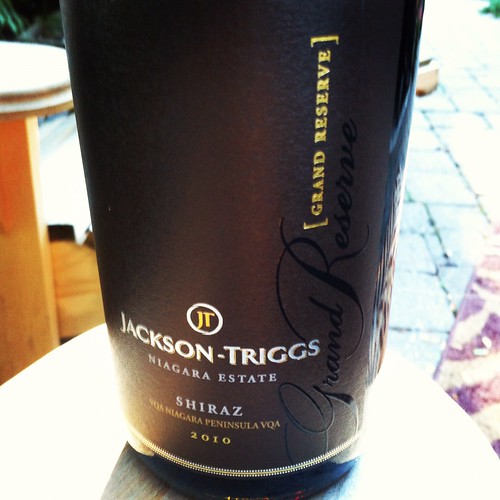
Niagara’s Jackson-Triggs Estate Wines always seems to excel at Shiraz (Syrah). I’ve been waiting for the 2010s to start arriving and am not disappointed. Here’s the Grand Reserve in review.
Jackson-Triggs Grand Reserve Shiraz 2010 ($20, winery, LCBO, Wine Rack stores, 90 points) — There are a lot of things going for this wine, not the least of which is the price. It has a dark, menacing (in a good way) colour in the glass. It shouts bold and flavourful and delivers on both accounts. It’s so Rhone-like on the nose with boysenberry, blueberry, black currants, roasted meats and white pepper aromas. It rocks on the palate with big meaty red fruits, roasted Espresso bean, game, layers of spices and firm tannins that will soften with a little time in the cellar. An excellent Syrah (ooops, meant Shiraz) at an attractive price.


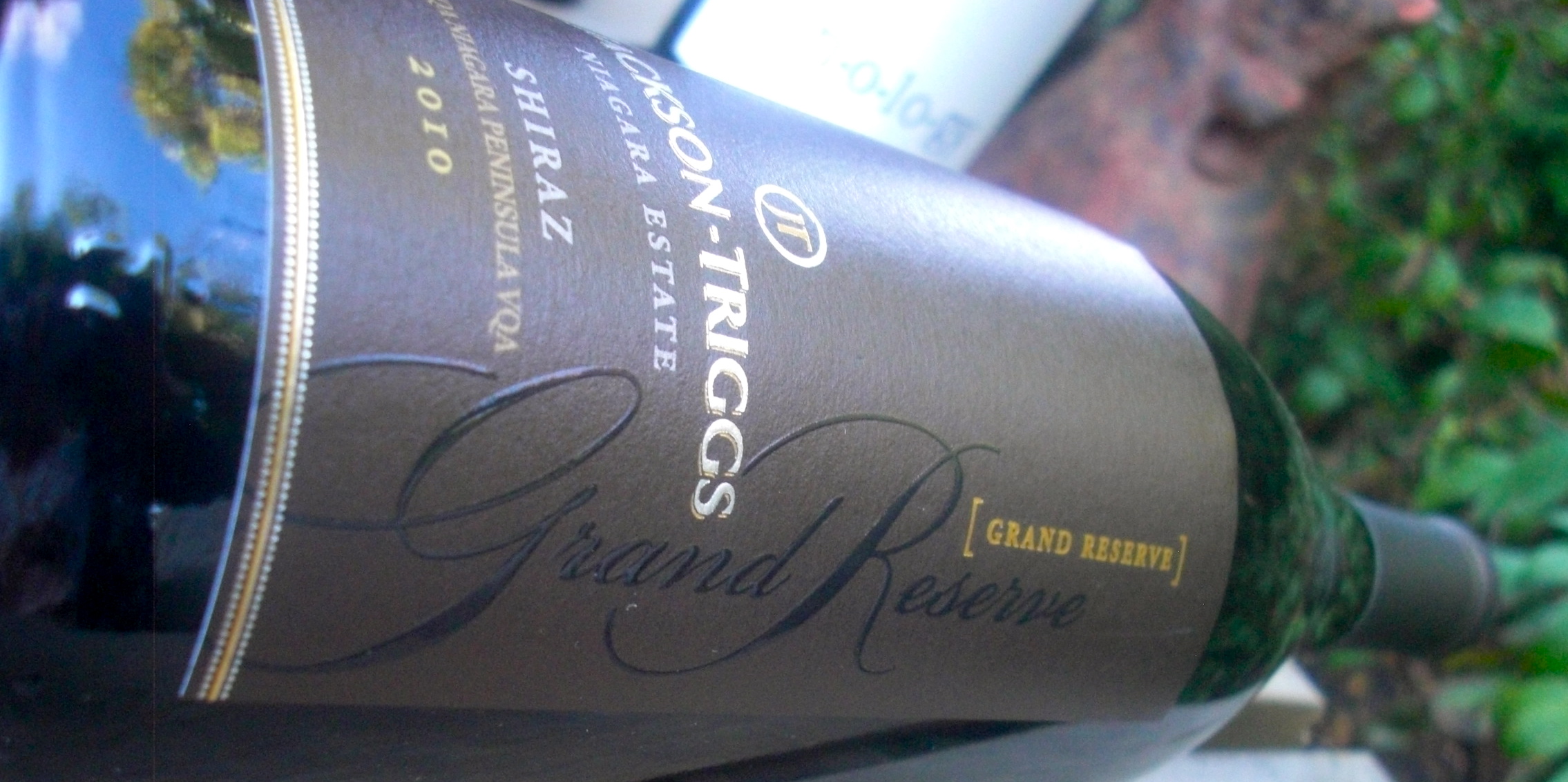




Comment here